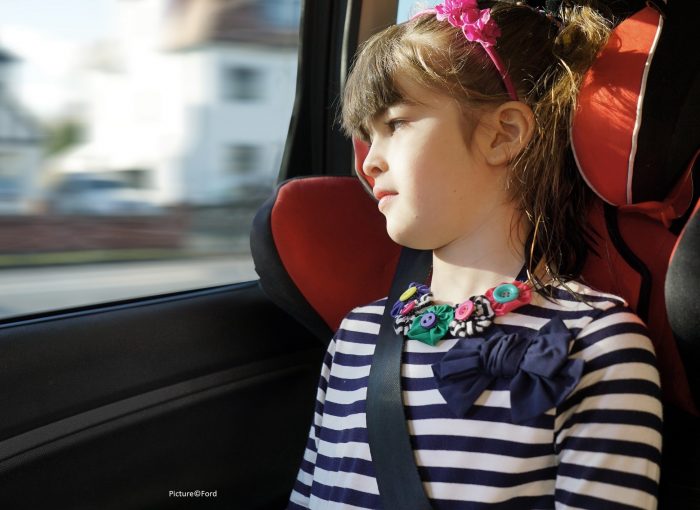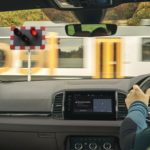Motion sickness – also known as car sickness ‑ can turn a simple journey into a feat of endurance, not just for the sufferer but also for fellow travellers. Read on to find out what it is, who suffers and how you can prevent it.
What is motion sickness?
It’s caused by the sufferer’s inner ear and eyes sending different signals to the brain. This message mash up, exacerbated by a car going over undulations in the road or a boat riding waves, causes the brain to become confused. The result is a feeling of nausea and in some cases sweatiness or headaches. Extreme sufferers, frequently children, can even vomit.

How to cure motion sickness
Rather than one single cure-all, there are a series of steps you can take to prevent car sickness.
Before the journey
Avoid greasy, rich, spicy foods or heavy meals. These are more likely to cause an upset stomach for car sickness sufferers. Instead, eat plain food and drink still water. Some people swear by ginger or peppermint. Try simple ginger biscuits or peppermint stomach-calming tablets before you set off. Alternatively, there are various over-the-counter remedies from pharmacists. These vary from tablets, to patches, to acupressure bands. Not all work but the sufferer may benefit psychologically if nothing else.
During the journey
Sit in the front of the car where the effects of motion are minimised. Look at a fixed point ahead. It might be a motorway bridge, some mountains or if possible, the horizon. Use the air conditioning to keep the interior of the car cool, alternatively open the windows and breathe fresh air.
The NHS recommends closing your eyes and focusing on breathing slowly. Others believe firm pressure on their wrists helps. Going to sleep should definitely alleviate the effects of motion sickness.
If none of that works, stop regularly in safe places and encourage the sufferer to walk around in the fresh air. That will help their brain to ‘reset’.

What not to do
Don’t look at moving objects such as passing cars. Also, try not to look down at screens or magazines. Close focusing like this tells the brain that it is stationary but the inner ear is still sending movement messages. Don’t look through the side windows either.
What the driver can do
If you have a motion sickness-suffering passenger and you don’t want your car’s interior redecorated, there are a couple of things to do. Always travel with wet wipes and plastic bags that are big enough for someone to be sick into. And drive as smoothly as possible. Sudden acceleration, heavy braking and fast cornering – anything that exacerbates the feeling of movement ‑ will only make passengers feel worse. And driving in a more relaxed style will help save fuel too.
Who suffers from it?
That’s the million-dollar question and one that scientists haven’t yet been able to find a definitive answer to. Some people can watch movies or read in a car without feeling any ill effects. Others can start to feel nauseous within minutes of a journey starting. Some research has shown that kids aged between two and 12 suffer most from motion sickness. And women who are prone to migraines can also feel the effects.

I’ve been writing about cars and motoring for more than 25 years. My career started on a long-departed classic car weekly magazine called AutoClassic. I’ve since pitched up at Autosport, Auto Express, the News of the World, Sunday Times and most recently the Daily Telegraph. When I’m not writing about cars and motoring, I’m probably doing some kind of sport or working in my garden.







